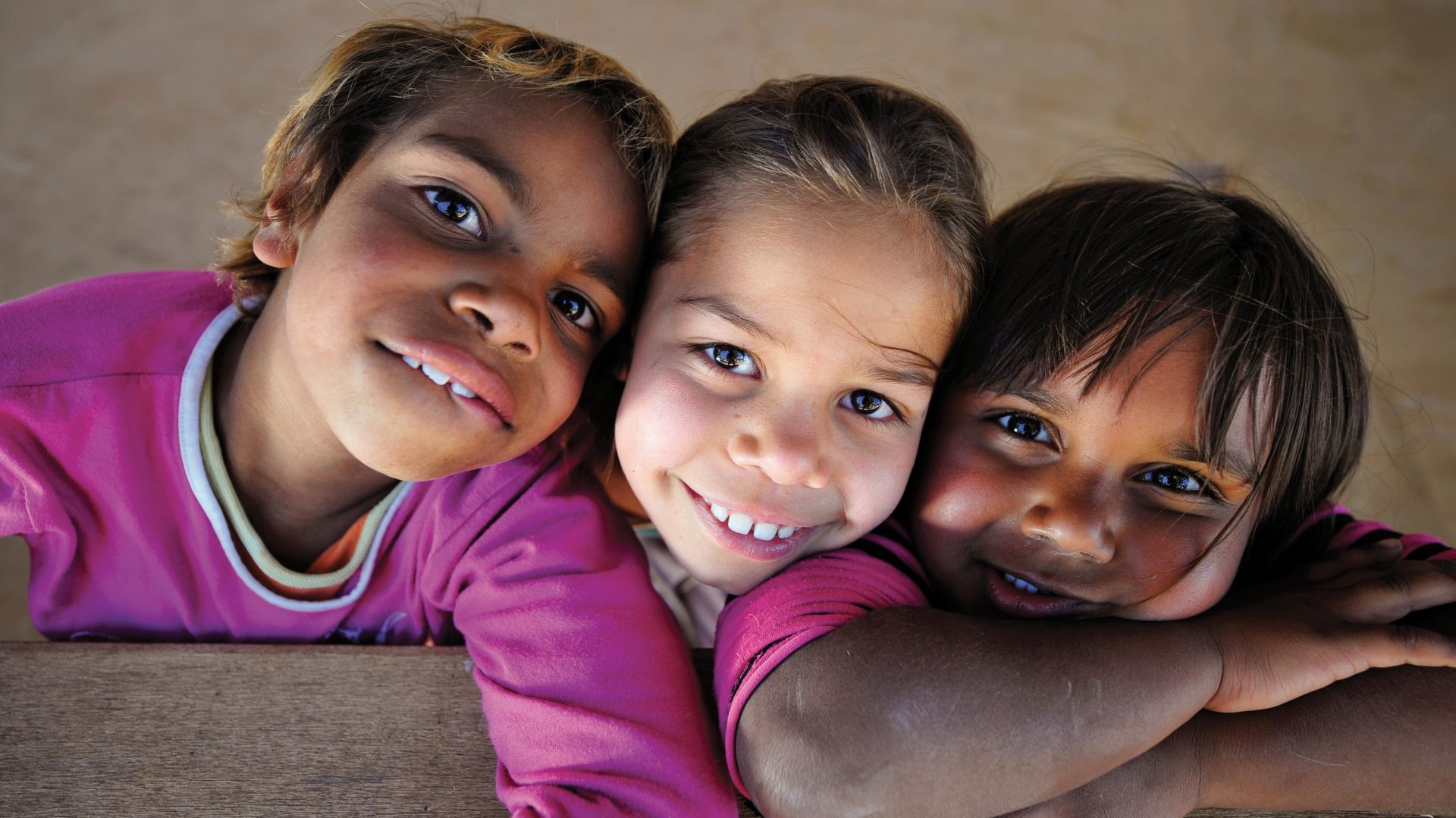Talking the Same Language – Territory Q Issue 16
Communicating effectively with Indigenous people has never been more crucial.
More than 30 percent of the Northern Territory’s 244,000-strong population is Aboriginal – and about 16,000 live in communities officially classified as remote or even very remote.
On top of that, the drive to combat Indigenous disadvantage seems at last to have teeth – and clear communication and consultation are critical if that drive is to be successful.
Darwin-based communicator and marketing expert Anya Lorimer has long argued that the traditional approach to “talking” to Aboriginal people is wrong.
“There’s still this attitude that one size fits all, that the same approach will work in every community throughout Australia,” she says. “And that Indigenous people all think the same thing.
“This is simply not true. This strategy has never worked and never will.”
She says the simplest and by far the most effective way to communicate with Indigenous people is in their own language.
“Non-Indigenous Australians don’t expect important messages – on the law, health or education – to be delivered to them in Russian.
“Aboriginal people aren’t any different. They want to hear their own language.”
The problem goes beyond language; it also matters in what format communication and consultation takes place.
“The usual way is to try to get everyone into a room and for someone to stand at the front and talk.
“For a start, getting everyone to the same room in remote regions can be a logistical nightmare. This formal meeting rarely works.”
She says communication can step into the digital age by using apps.
“Indigenous people, especially the young, are very comfortable with the latest technology. That shouldn’t be underestimated.
“Apps are an effective communication tool.”
Anya is the owner of OneTalk Technology, which has four products: talking posters, talking albums, illustrations and apps.
All have been widely used, not just for programs aimed at Indigenous people but also for health campaigns among refugees.
Messages are translated and then spoken clearly by a native speaker.
They are relevant to everyone in the world, but especially minority populations who speak a different language to the majority.
Anya says the talking poster is the only independent communication tool that can deliver a controlled message, targeting a specific demographic, in several languages at the press of a button.
“Effective communication and language are the foundation stones for Closing the Gap and combating Indigenous disadvantage.”
She enjoys seeing talking posters in action.
“I saw one young bloke press the button on a talking poster in a clinic, listen to the message and then with a big smile on his face say, ‘That’s my uncle talking’.”

